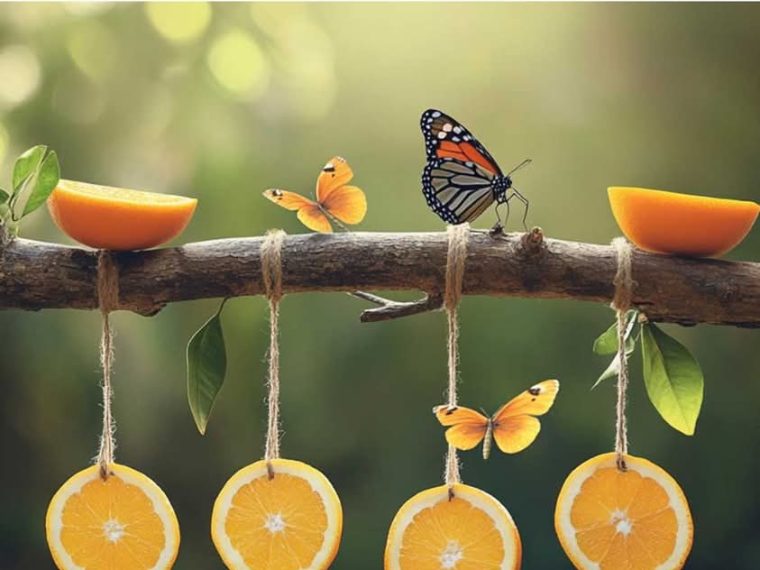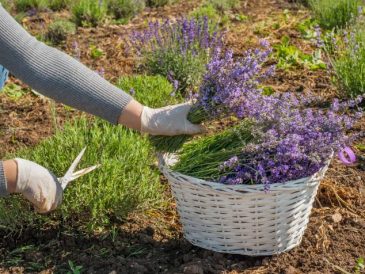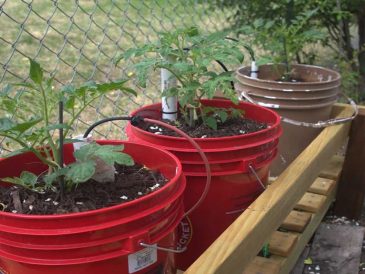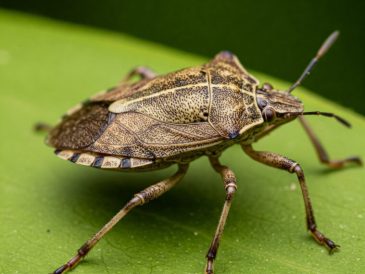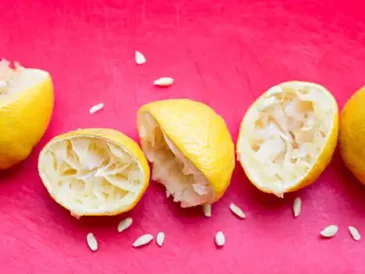Butterflies are not only beautiful creatures that add a splash of color to any garden, but they also play a crucial role in pollination. Creating a DIY butterfly feeder is a fun and rewarding project that can help attract these delicate insects to your yard. By providing a source of nourishment, you can support local butterfly populations and enjoy watching them up close. This article will explore seven creative and easy-to-make butterfly feeder ideas that you can try at home.
Materials and Tools Needed for DIY Butterfly Feeders
Before you start crafting your butterfly feeders, gather the necessary materials and tools. Common items include sugar, water, sponges, mason jars, plates, pebbles, fruit, bottle caps, flower pot saucers, string, glue, and scissors. You may also want to have some paint or markers on hand to decorate your feeders. Most of these materials are inexpensive and can be found around the house or at a local craft store.
1. Simple Hanging Butterfly Feeder
The simple hanging butterfly feeder is an easy project that requires minimal materials. Start by mixing a sugar solution using one part sugar to four parts water. Soak a sponge in this solution and place it inside a small dish or lid. Use string to hang the dish from a tree branch or hook in your garden. The sponge will absorb the solution, providing a surface for butterflies to land and feed.
2. Colorful Sponge Butterfly Feeder
This feeder uses brightly colored sponges to attract butterflies. Cut a sponge into flower shapes and soak them in a sugar-water solution. Attach the sponges to a piece of wire or string and hang them in a sunny spot. The vibrant colors will catch the attention of butterflies, while the sugar solution provides nourishment.
3. Mason Jar Butterfly Feeder
A mason jar butterfly feeder is both functional and decorative. Drill a small hole in the lid of a mason jar and insert a piece of sponge or cotton wick through the hole. Fill the jar with a sugar-water solution and screw the lid back on. Hang the jar upside down using a wire or string, allowing the wick to stay moist and accessible to butterflies.
4. Plate and Pebble Butterfly Feeder
This feeder mimics a natural feeding environment. Use a shallow plate or saucer and fill it with small, smooth pebbles. Pour a sugar-water solution over the pebbles until they are partially submerged. The pebbles provide a landing spot for butterflies, while the solution offers a source of food.
5. Fruit-Based Butterfly Feeder
Butterflies are attracted to the natural sugars found in fruit. Create a fruit-based feeder by slicing overripe fruit such as bananas, oranges, or apples. Arrange the fruit slices on a plate or shallow dish and place it in a sunny area of your garden. The sweet scent of the fruit will draw butterflies to your feeder.
6. Bottle Cap Butterfly Feeder
This eco-friendly feeder repurposes bottle caps. Glue several bottle caps onto a piece of wood or sturdy cardboard. Fill each cap with a small amount of sugar-water solution. Place the feeder on a flat surface in your garden, allowing butterflies to land and feed from the caps.
7. Flower Pot Saucer Butterfly Feeder
A flower pot saucer can be transformed into a butterfly feeder with minimal effort. Paint the saucer in bright colors to attract butterflies. Fill it with a sugar-water solution and place it on a pedestal or hang it using a wire. The wide surface area of the saucer makes it easy for multiple butterflies to feed at once.
Tips for Attracting Butterflies to Your Feeder
To increase the chances of attracting butterflies, place your feeders in sunny, sheltered locations. Plant butterfly-friendly flowers nearby, such as milkweed, lavender, and marigolds. Avoid using pesticides in your garden, as they can harm butterflies. Regularly clean your feeders and refresh the sugar-water solution to keep them appealing.
Conclusion: Enjoying Your DIY Butterfly Feeders
Creating DIY butterfly feeders is a delightful way to engage with nature and support local wildlife. By providing a source of nourishment, you can attract a variety of butterfly species to your garden. Enjoy the beauty and tranquility that these feeders bring, and take pride in contributing to the conservation of these important pollinators.

